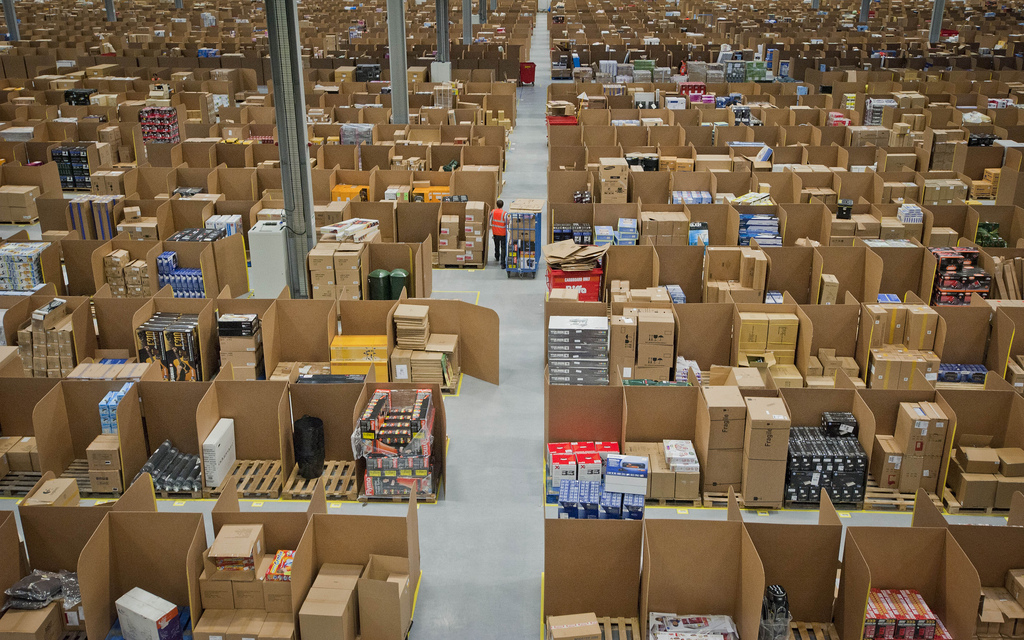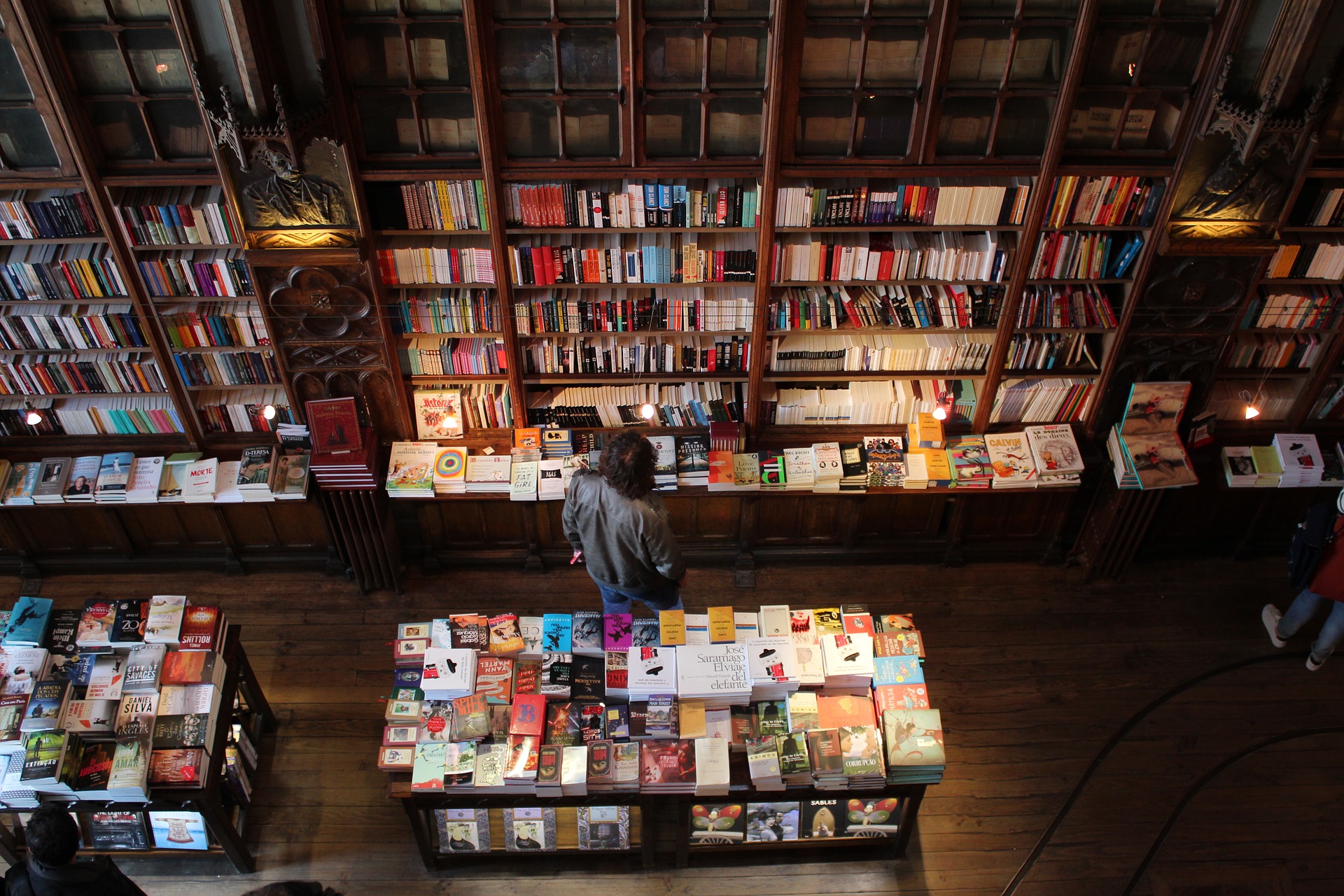
Business & Economics
Amazon’s arrival can drive innovation and improvement

As Amazon sets up shop in Australia, what impact could the massive online retailer and publisher have on the country’s book culture?
Published 28 August 2017
Amazon is coming to Australia.
The company has acquired its first warehouse in Melbourne’s Dandenong South, and more will follow. The arrival of the e-commerce giant, one of the fastest-growing companies in the world, is expected to shake up our retail sector by changing Australian online shopping habits.

Currently, only 7 per cent of our shopping happens online. Yet online shopping is growing rapidly in both the UK and the US – where Amazon accounts for almost half of online spending. If Australians follow this trend and take up shopping through Amazon, the impacts are likely to be felt keenly by Australian electronics, fashion and department stores.
From this perspective, it’s easy to lose sight of the fact that Amazon originally started as a book-selling site that has now also become a rapidly expanding book publisher. Amazon’s actions are as much cultural as they are commercial.
Our research indicates Amazon’s effects on Australia’s book culture have already been profound and the impact will only intensify when the company has a physical presence here.

Business & Economics
Amazon’s arrival can drive innovation and improvement
The first effects will be on our bookstores. At present, Australians who want to buy books online must weigh up the added cost and delay of postage rates and delivery speed. For example, the Book Depository, which was acquired by Amazon in 2011, offers comparatively long delivery times but free shipping to Australia while Australian e-tailer Booktopia offers faster delivery but with a small postage fee. An Australian base for Amazon changes this set of calculations. Members who pay the annual fee for Amazon’s subscription service, Prime, will receive free, fast shipping on all their purchases.
How will our local bookstores compete when Amazon becomes an appealing primary book shopping destination for Australians? Recent history suggests that they may adapt and thrive.
Australia’s strong, independent bookstore sector has fought off behemoths before. The arrival of Borders in Australia in 1998 and its collapse along with the Angus & Robertson chain in 2011 created turbulent conditions for Australian booksellers, but independent stores such as Readings, Berkelouw Books and Avid Reader with loyal customer bases not only survived, but in many cases expanded.
But the threat from Amazon is bigger; its rise was a factor in the demise of Borders in the US and UK.
Australian bookstores will rally against Amazon, but there may still be losses. We also shouldn’t forget that the department stores threatened by Amazon’s arrival, such as Big W and Kmart, are also major booksellers in Australia. Contractions in that sector would have particularly dramatic consequences for the visibility and sales patterns of Australian commercial fiction titles.

Looking to the longer-term, Amazon’s arrival will have an impact on Australian publishing as well as bookselling. Bookshops may survive, but what Australian books will exist to sell?
Amazon is committed to becoming a publisher itself, primarily through its self-publishing service Kindle Direct Publishing (which can link to Amazon’s print-on-demand service to produce print books), and secondarily, through the establishment of its own imprints. Amazon controls the algorithms for how books appear and are ranked on its site. This means it is able to influence consumer purchasing decisions, and can consequently negotiate aggressively for discounted stock from publishers.
This will place pressure on all Australian publishers regardless of size. With Amazon on the ground to handle distribution alongside its international reach, there will also be a stronger incentive for Australian authors to turn to Amazon and self-publish. This may lead to a fragmentation of the expertise currently concentrated in publishing houses.

Business & Economics
Putting the “E” into e-consumer protection
Editing, for example, has traditionally taken place within the publisher’s office, but will increasingly become a freelance service that authors can purchase on an as-needs basis. Small presses, like the University of Melbourne’s brand new Grattan Street Press, will need to make use of innovative production and marketing strategies to find their place in a datafied production and distribution system dominated by Amazon.
This evolution of the publishing ecosystem may affect the kinds of Australian books that are published. Amazon’s algorithms tend to reward particular kinds of books. If we look at fiction, it’s series that do well, especially if they hit niche audiences. Books like these are an important part of contemporary book culture, and one positive outcome of Amazon’s arrival could be the flourishing of new sub-genres and writing formats. But other kinds of books, such as literary fiction and poetry, may struggle.
It will be up to Australia’s literary institutions, its writers’ festivals and journals as well as its publishers and bookstores, to support local books in the new age of Australian publishing.
Dr Driscoll is a Chief Investigator on two ARC Discovery Projects. Genre Worlds: Australian Popular Fiction in the Twenty-First Century and New Tastemakers and Australia’s Post-Digital Literary Culture.
Banner: Getty Images